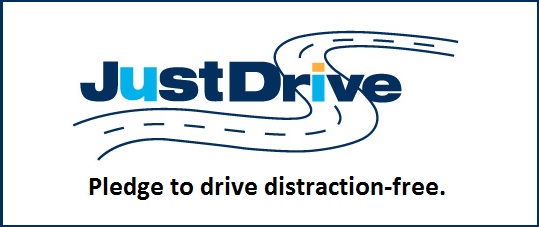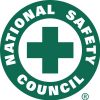
My friend Lee was driving home from church on a Sunday in October. She’d stopped to pick up lunch and was heading back home – probably to spend the day with her first grandchild, a baby boy. An oncoming car drifted into Lee’s lane. She swerved to avoid a head-on collision. Her black SUV rolled over.
Lee died from the traumatic injuries she suffered in the crash. Her two daughters were left without a mother. Her family, friends, co-workers and community were devastated. Her grandson will only remember her from photos.
There are questions you ask when someone dies tragically:
- What if she had skipped church that day?
- What if she hadn’t stopped for lunch?
- What if she had been driving a little faster, or a little slower?
- Why was my beloved friend in the wrong place at the wrong time?
And then, once the details came to light, another question emerged:
- What if the driver who drifted into Lee’s lane hadn’t been programming his handheld navigation system, taking his eyes and attention away from the road?
In 2010, when Lee lost her life, most cars weren’t equipped with GPS built into the dashboard. Handheld satellite GPS devices were the first distracting screens people would encounter inside their car. Sadly, Lee was probably among the first victims of a driver who was distracted by a GPS device.
I’m sure the man who was responsible for Lee’s death thought he was in total control of his car. He wasn’t. When you interact with your in-car electronics, neither are you.
The dangers of distraction are well known. Every day, at least nine people die and 1,000 are injured in distracted driving crashes. The number is likely to be much higher because most police reports don’t track whether distraction was a factor in a crash.
(Notice I said “crash,” not “accident.” Accidents are events that can’t be anticipated or avoided, and every crash is preventable.)
Text messaging or making phone calls while behind the wheel are far from the only distractions drivers face. Programming a GPS navigation system also requires drivers to take their eyes and attention off the road.
Our vehicles contain more tech than ever. Smartphones are commonplace. In the U.S., new passenger vehicles are required to have backup cameras – meaning within a few years, the lion’s share of cars will have a built-in interactive screen on the dashboard.

I urge you to take the pledge not to drive distracted. Program your GPS before putting your car in gear. Turn off your phone or put it in the trunk or backseat. Don’t interact with your dashboard touchscreen while driving. No call, text, map or playlist is worth dying for.
My friend Lee was beautiful inside and out. She was smart and funny, humble and stubborn, loving and generous. Her smile and laugh made the world a better place. She was a true friend and I will always miss her. You’ll never have a chance to know her the way I did because a distracted driver took her life too soon.
by Jenny Bezingue, content producer at the National Safety Council


